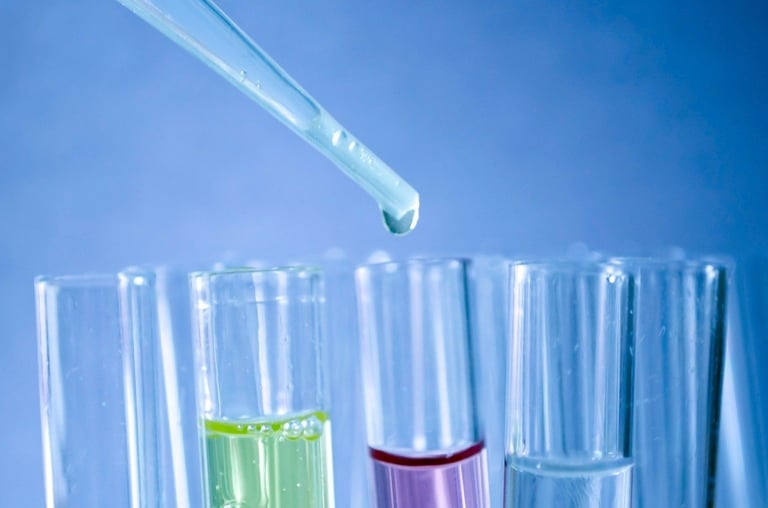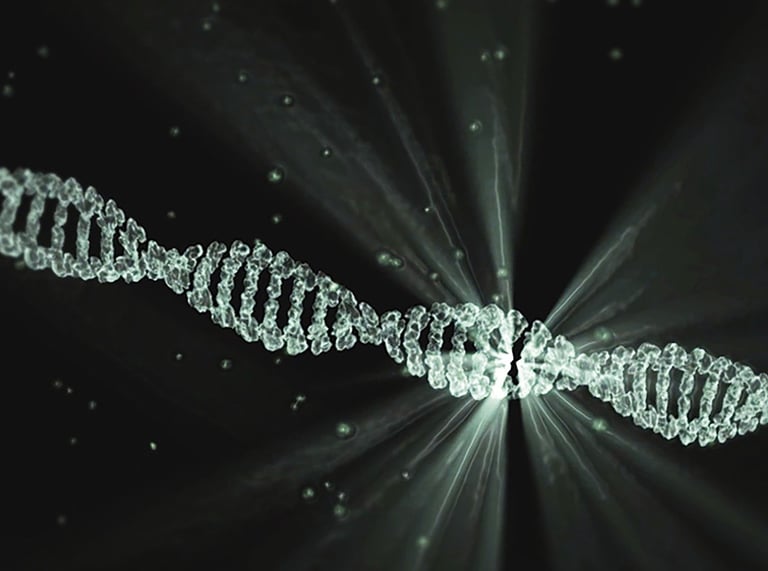Oxford Biodynamics PLC (LON:OBD) Chief Scientific Officer Dr Alexandre Akoulitchev caught up with DirectorsTalk for an exclusive interview to discuss their recent publication in EBioMedicine, more about the biomarkers and the next steps for their technology in the ALS field.
Q1: Now, the motor neurone disease ALS has been regularly in the news, this includes the famous charitable ‘Bucket Challenge’ which was raising funds for ALS cure worldwide. With your recent publication in EBioMedicine, an international journal for translation medicine, how does the OBD work on ALS fit into the bigger picture around this disease?
A1: Well, ALS has proven itself to be quite a challenging disease for everyone including drug developers and clinicians and today, in the diagnostic space, neurologists can pretty well definitively diagnose ALS but in many cases, it actually takes time, up to several months, even up to 12 months for some patients.
In this space, what we have developed gives a very quick turnaround detection of ALS patients with very good accuracy and that should help speed up identification in patients. We’ve seen recently some data that shows in some European countries, it takes up to 22 months for patients with ALS to actually find themselves in front of a neurologist who can do the diagnosis.
So, we think we can step in and significantly improve patient care at a very early stage.
Q2: Can you share more details on the nature of the biomarkers and their relation to ALS?
A2: These are epigenetic biomarkers, they captured in peripheral blood in the form of non-invasive testing, they’re based on systemic deregulation in cells that are captured with the blood sample in detection of the systemic deregulation events, we’re really looking at the very famous genetic growth side related to ALS network.
So, the work that has been published should not only develop the signature for diagnostics but also give some insights into the relevance of these positions in genetic deregulation to overall the state of ALS and deregulation. These things include response to the neurotransmission, damage to microglia, insulin receptors and a couple of genes very well known through their mutations for a particular sub group of familiar cases of ALS, SOD1, TDP-43, UBQLN2, Insulin Receptor.
All in all, we actually analysed all the 14,000 biomarker links to identify the final signature.
Q3. How well and how quickly could you predict ALS and how many biomarkers do you need to measure this?
A3: The test, with all the preliminary supplies, takes about 24 hours to 48 hours and in this testing, we were able to identify with about 87% sensitivity on blind validation. For us, this is a classic example of how the epigenetic modality can bring much faster the read-outs and all in all, we have announced signature 8 specific biomarkers in 8 different locations.
Q4. What are the plans next for Oxford Biodynamics’ technology in the ALS field?
A4: It’s a very good question because for us, this is really the first milestone to demonstrate that we are capable to identify ALS patients against other controls. The questions that arise after that, that are more important for therapeutic development and some of the clinical decisions, are the question ‘are there any particular subtypes of the disease amongst the patients that need to be identified early and treated differently or targeted with specific therapy’? As part of that a very important question is prognosis, there is a very significant part of the patients that develop very fast and they manifest these things in a different way and in that scenario particularly in therapeutic development one wants to be able to identify the fastness and progress as quickly and reliable as possible.
It’s a complex disease, they show very sometimes complicated pattern where they stay slow and then speed up and in that space, we’re working with someone in prognostic certification trying to help at the point of diagnosis to make a reliable assessment where there would be a group of very fast aggressive and progressive or it would be a slow progressive analysis.









































